Customer segmentation is at the core of every successful online business’s strategy. This article will go into why it’s so helpful, and how to improve it with better customer data.
What Is Customer Segmentation?
Customer segmentation is a process designed to divide and organize customers into groups based on common characteristics.
There are numerous ways to segment customers, but the most common include categories relating to:
- age
- location
- gender
- industry
This simple step has the potential to help you boost revenue, improve customer satisfaction, and maximize your business’s value. In fact, a report by Hubspot claims that segmentation makes firms 60% more likely to understand customer challenges and 130% more likely to understand their intentions, which can be key to growth and success.
Why Segment Customers?
The key goal of user segmentation is to understand more about who your customers are.
This may be to:
- offer more personal, targeted communications
- establish better relationships
- upsell or cross-sell more products and services
- test your pricing
- stay ahead of emerging customer trends
In the most general sense, customer segmentation serves to help maximize value for your business.
5 Examples of Customer Segmentation Models
You could potentially create as many segments as there are unique customer traits. Still, customer segmentation models tend to be more or less standardized in the online world. Here are some key models to copy, or use as an inspiration.
Demographic Segmentation
By far one of the most common segmentation models looks at people’s age, gender, income, education, and family status.
One of the reasons these methods are so popular is that the data is easy to access via forms, census data, or even analytics software.
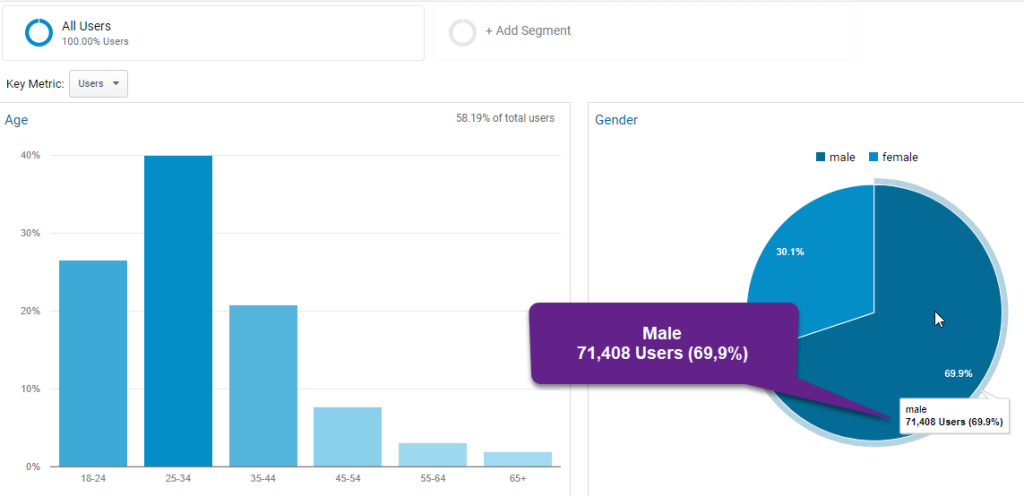
Some businesses may add other parameters such as ethnicity and religion, family structure, or even level of education within their demographic segmentation models.
Geographic Segmentation
Geographic segmentation is self-explanatory. You simply categorize users based on where they are located in the world.
There are, however, other variables you can play around with, such as:
- Language: Not everyone within the same country speaks the same language.
- Climate: Selling products or services that are weather-dependent? Then you might want to lump the Nordics together, for instance.
- Culture: Cultural variations can help you group different countries together. Or this may help you divide your customers further within one nation, for example by creating more segments for India.
- Population: Do you want to target rural people or city-dwellers? This may influence your segmentation.
Technographic Segmentation
In today’s digital world, an increasingly relevant form of segmentation comes courtesy of the kind of tech people use. It’s called technographic segmentation, and looks at details such as:
- What kind of software and hardware are people using?
- Which tools and applications do they rely on?
- What integrations or workflows do they need to achieve their goals?
All this information is gathered to understand not just who customers are, but how they interact with the digital landscape. Acquiring technographic data was once a huge challenge but the good news is that it’s now increasingly easy to get granular details about tech.
Value-Based Segmentation
Not all customer segmentation happens before you target a new user base. In some cases, it’s useful to establish existing customers’ value using the following segmentation models:
- High-value customers: Keeping a log of who brings the most value to your business can help you hone your strategies for marketing, R&D, or customer service.
- High-risk users: Similarly, keeping track of the kind of users who end up negatively impacting your business can help you prepare a better RiskOps strategy to grow safely.
Inversely, knowing who your low-value customers and low-risk users are can be just as important.
This kind of segmentation works best in conjunction with multiple departments such as revenue ops, marketing, sales, and customer support.
Behavioral Segmentation
Another segmentation model, albeit one that is harder to measure in the digital world, is behavioral segmentation.
Put simply, behavioral segmentation divides customers based on how they interact with your company. This may include their past communications with customer service, feedback, or their initial touchpoints.
The important note is that this type of segmentation seldom exists in a vacuum. Instead, it makes sense to combine it with other parameters. For instance, you may want to look at:
- the purchasing patterns of 25–35-year-olds
- number of support interactions at each stage of the customer journey
- customer loyalty based on referral source
- metrics specific to a specific industry, like SNS connections
The sky’s the limit when it comes to behavioral segmentation, which is why it’s important to have a very clear strategy in mind before you begin slicing and dicing data at such a granular level.
Speaking of slicing and dicing data, let’s look at how you can access even more information to improve your segmentation efforts today.
Data Enrichment for User Segmentation
One thing is clear when it comes to user segmentation: the more data you have, the more precise your models can be.
How do you get more information about users without burdening them with too many form fields, feedback requests, and general friction? Enter data enrichment.
IP Lookup for Geographic Segmentation
IP addresses can point to users’ geolocation with remarkable precision. You may find where they connect from and even get an idea of what kind of area this is. In theory, you can also tap into property price databases to enrich even further.
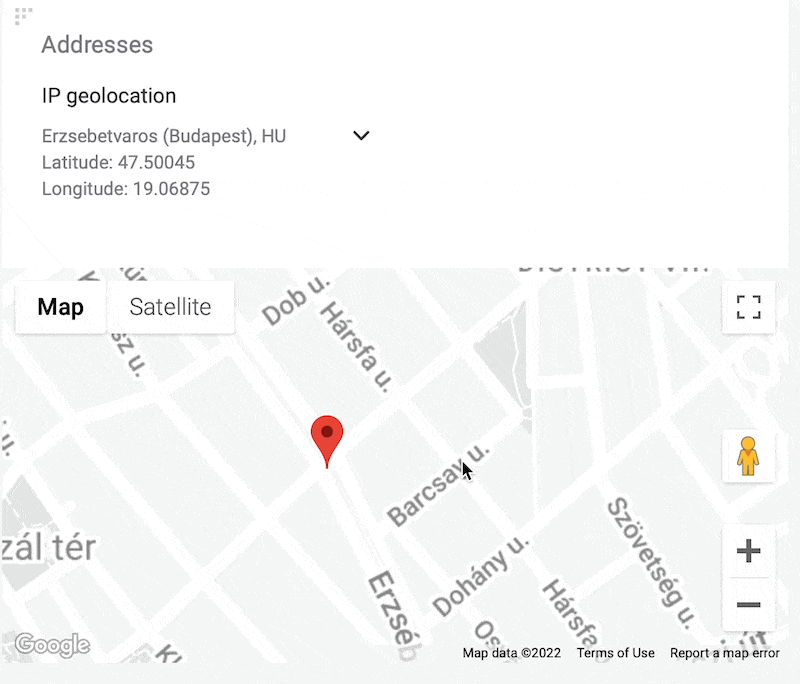
But there’s a lot more. You can also look at whether their IP is routed through a commercial or residential server to get an idea if it’s their home or place of work.
Here are ideas of the kind of segmentation you could create based on that data:
- percentage of customers connecting from residential vs commercial areas
- urban vs suburban or rural customers
- the proportion of users accessing your site from a country where you do not operate (via VPN)
And, of course, you can also easily create an IP score to immediately filter out junk users on your site.
Reverse Social Media Lookup for Demographic Segmentation
Knowing which social media services your customers are registered to can become a powerful investigation tool.
For example, some social media accounts are linked to different markets, so a user with a Qzone account (China) is less likely to also have an OK.ru account (Russia).
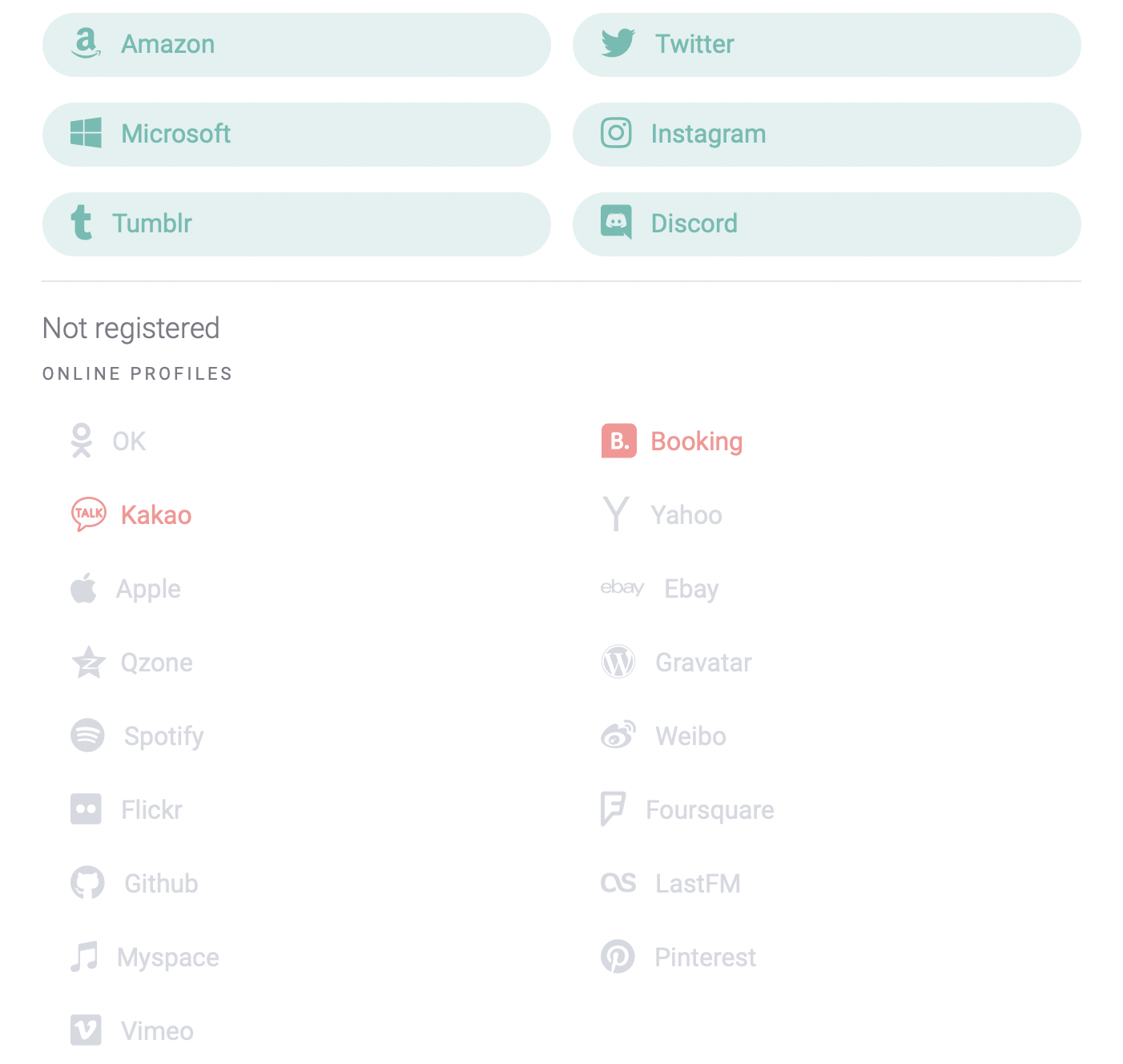
Some social accounts can also give you more insights into who you’re dealing with.
For example, an Airbnb profile with a lot of trip reviews would make a great prospect for a travel operator.
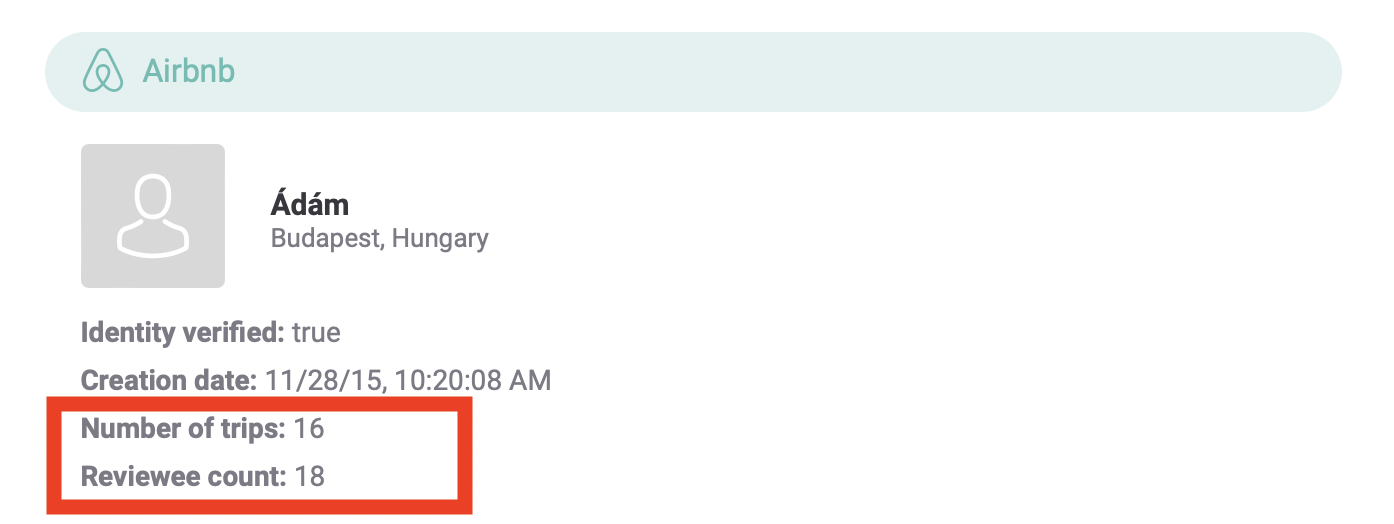
While it may take some digging, this could be a goldmine for the right business with precise segmentation goals. For instance:
- Linkedin could give you professional info such as job title and work history.
- Skype can give you an age.
- Social media profiles could be filtered by having more or fewer connections.
More importantly, adding these data points to your existing cohort analysis can help you gain some powerful insights to guide your strategy.
Device Fingerprinting for Technographic Segmentation
One of the most fascinating developments in data enrichment technology has been the ability to understand exactly how people connect with your business. Not only in terms of Internet Service Provider or IP, but also with which devices.
The granular information you may now gather about the configuration of software and hardware means that you can segment users with incredible technographic accuracy, such as:
- PC vs MacOS users
- iPhone vs Android
- which browser they prefer
- the kind of extensions they have installed
And many more device fingerprinting data points.
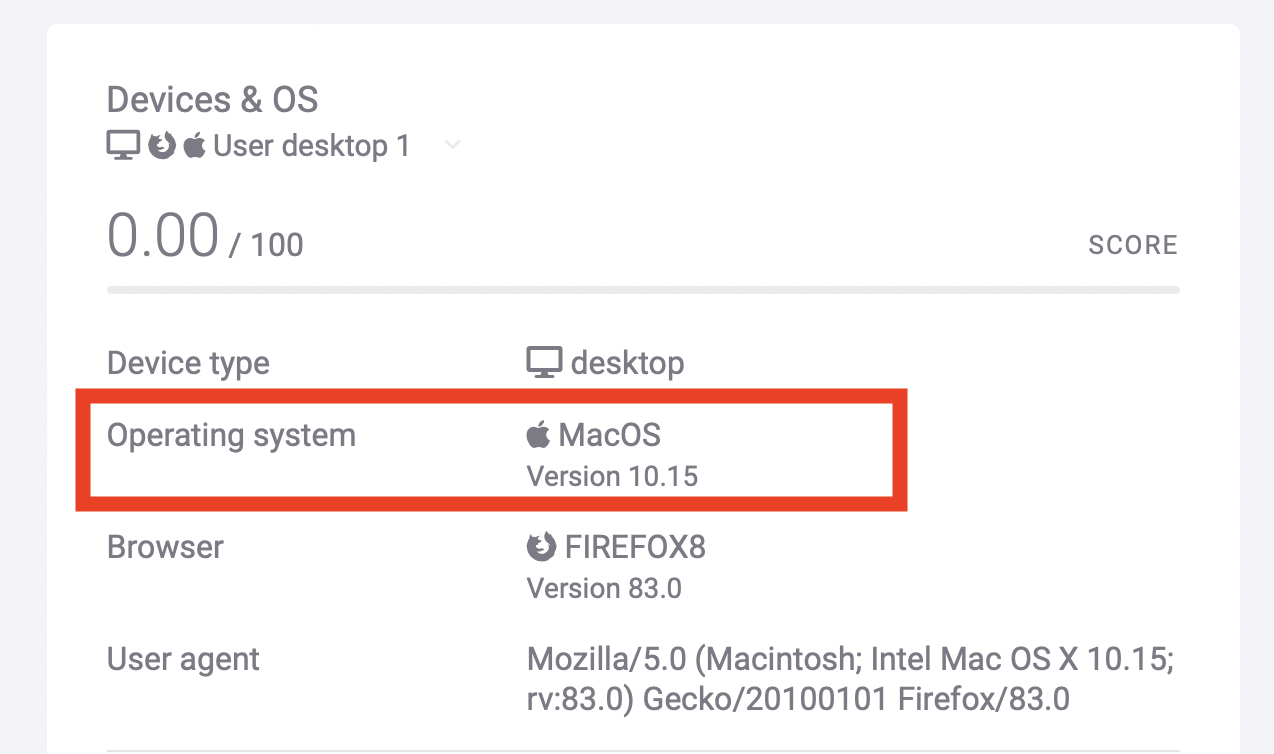
Here again, you could be sitting on a goldmine of data to get a better idea of who your customers are.
Velocity Rules for Behavior Segmentation
Last but not least, we can look at a risk management technique that is the closest thing to automatic behavior analysis.
A report by Marketing Week claims that 91% of marketers said behavioral segmentation is the most effective method for their business. This method of segmentation is not a data enrichment technique per se, but a way to leverage that data to extract valuable insights.
In the world of risk management, this technique is referred to as velocity rules, or velocity checks, and might yield information along the lines of:
- How often do users log in during a promotion?
- How many failed logins happened during a set period of time?
- Are there any failed transactions at the checkout stage?
- What is the average number of purchases made after a referral?
- How many attempts does it take for a payment to go through?
This kind of segmentation can even help you troubleshoot issues with your user experience, so you can optimize for a frictionless signup, login or checkout.
How to Use SEON to Segment Your Customer Base
SEON provides some of the most advanced data enrichment tools available on the market today.
By integrating our system, you can get real-time valuable info at the earliest possible touchpoint, when users sign up on your site. This can be as simple as a REST API, manual check, or adding a Google Chrome extension, and allows you to:
- Get a full device fingerprinting system
- Link a user’s email or phone profile to 90+ social signals
- Deploy powerful rules to get better insights into who your customers are.
Need more info? Get in touch below.
Sources
- MarketingWeek: Why behaviour beats demographics when it comes to segmentation
- NotifyVisitors: Segmentation Statistics That You Must Know in 2022
FAQ
The four key areas of customer segmentation focus on demographics, geography, technography, and behavior.
A simple example of customer segmentation would see a company display a form on their website. It could let people select their age range and gender. A marketer can then use that data to segment customers based on demographics.
In the digital world, it can be hard to have an idea of who your customers are. This is why leveraging customer segmentation can give you better insights into who you are dealing with. The goal can be to offer better products, support, or targeted marketing.







